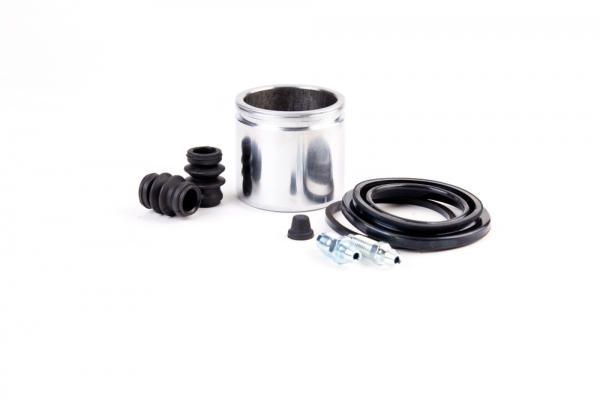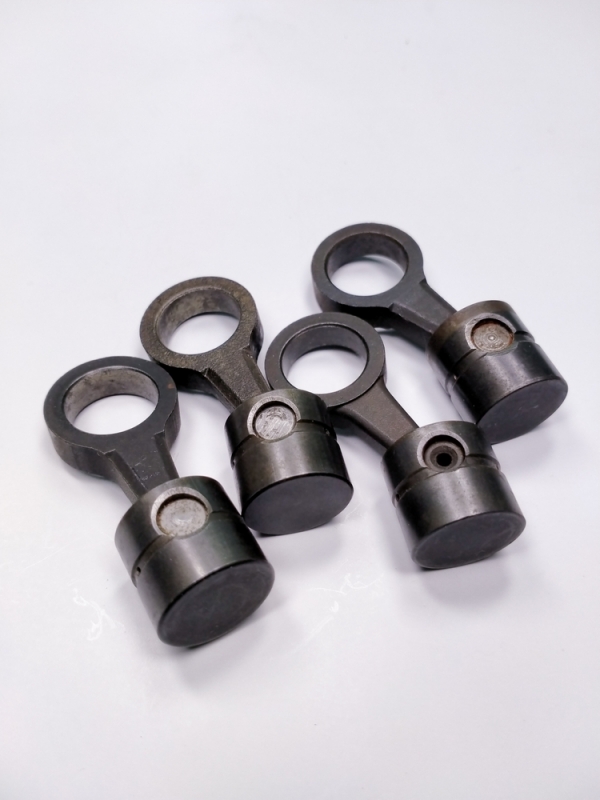-
Homepage
-
Seals and Gaskets
-
Standard Profiles
-
Piston Seal
- Double-acting piston seals for pneumatics
The difference between a double-acting seal and a single-acting seal is that the single-acting pneumatic seal is simpler in design. It is therefore cheaper, but less suitable for very high pressure or high and, above all, fast mechanical loads. For high pressure loads and high mechanical loads such as abrasion and speed/movement, double-acting seals are recommended.
A double-acting piston seal for pneumatics consists of an elastic sealing ring located on the piston. The sealing ring is designed in such a way that it forms a tight barrier against the escape of compressed air when the piston is moved within the cylinder. Piston seals can be made of various materials, including NBR, FKM, PU and PTFE, depending on the requirements of the application.
A double-acting piston seal for pneumatic applications is important for the efficiency and performance of pneumatic systems. A leaking piston seal can lead to a drop in air pressure, a reduction in power and possible damage to the pneumatic cylinder or to the malfunction and loss of power of an entire system.
Areas of application of double-acting piston seals for pneumatics
Double-acting pneumatic piston seals find applications in numerous areas, primarily to ensure the sealing of compressed air. Below are some application examples:
- Pneumatic systems: These seals are commonly used within pneumatic systems to guarantee a secure separation between the compressed air and the external environment.
- Mechanical engineering: Pneumatic piston seals are deployed in a wide range of machinery, including manufacturing and packaging machines.
- Automotive industry: In automotive applications, these seals are utilized within brake and clutch systems.
- Aerospace: Pneumatic piston seals are essential for aerospace applications, such as in engine control mechanisms and cabin seals.
- Mechatronics: Pneumatic systems frequently play a crucial role in mechatronics, especially within mechatronic manufacturing facilities and production lines.
Selecting the appropriate pneumatic piston seals is crucial to ensure both a reliable seal and the capacity to withstand mechanical stress over time.
Sealing Materials for Double-Acting Pneumatic Piston Seals
For double-acting pneumatic seals, including pneumatic piston seals, materials that offer good airtightness and resistance to abrasion are typically used. Below are some of the most common sealing materials for pneumatic seals:
- NBR (Nitrile Rubber): Widely used in standard pneumatic applications due to its cost-efficiency and good chemical resistance.
- FKM (Fluorine Rubber): Offers resistance to high temperatures and aggressive environmental conditions, including aggressive chemical media.
- PU (Polyurethane): Especially suitable for applications with high velocities and pressure stresses.
- PTFE (Polytetrafluoroethylene): Ideal for high-pressure and high-speed applications, as well as those involving strong chemicals.
Selecting the appropriate sealing material is crucial for ensuring a reliable and long-lasting seal.



